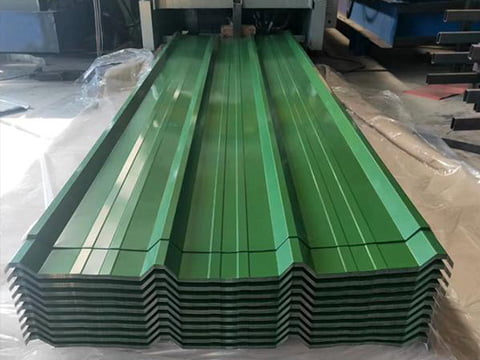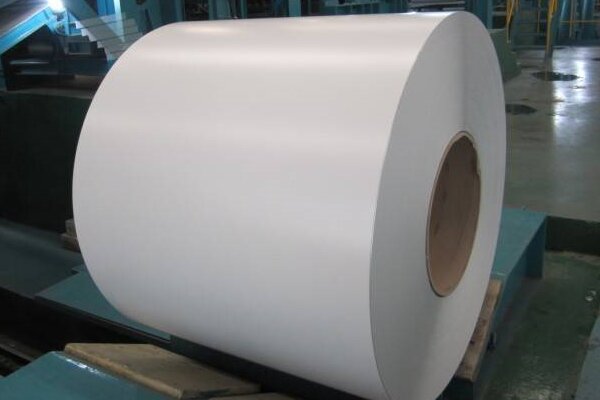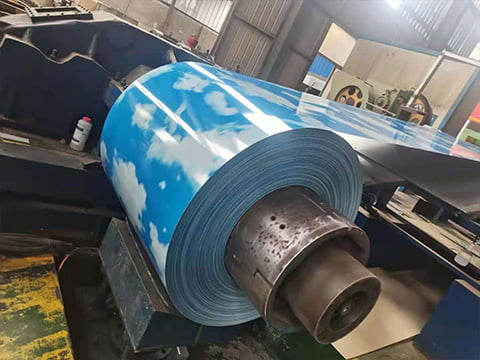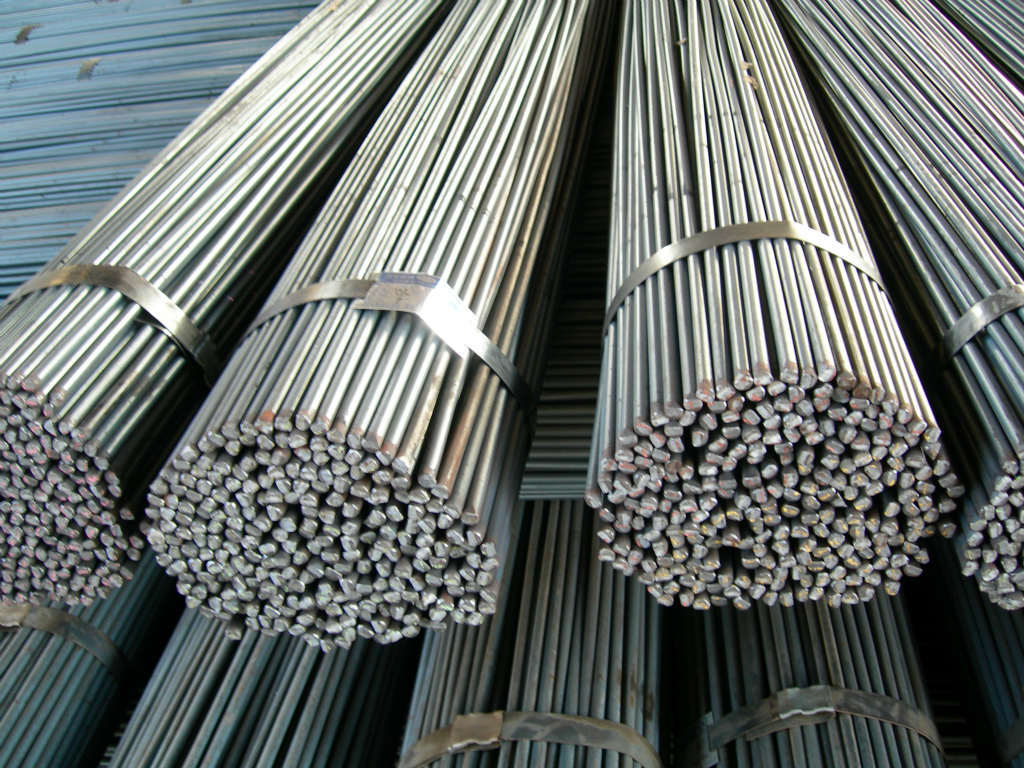Remove rust has always been a topic that cannot be separated from steel products. As stainless steel is known for its rust-free properties, will it rust? Although stainless steel is known for its durability and smooth appearance, even this corrosion-resistant material will rust when it comes into contact with moisture, salt or pollutants. Fortunately, rust can be removed from the surface of stainless steel using some common items or special products.
Below, we outline proven methods to restore your stainless steel surfaces and prevent future rusting.
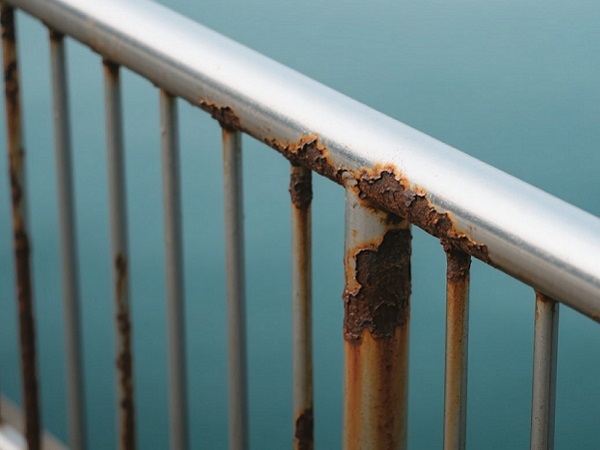

1、Basic Cleaning and Gentle Remove Rust Methods
Use gentle methods first to avoid damaging the protective chromium oxide layer on the stainless steel surface.
Dishwashing Soap and Water
Steps: Mix mild dishwashing soap with warm water. Scrub the surface with a soft cloth or sponge, then rinse and dry thoroughly.
Purpose: Remove surface dirt and oil stains so that you can better assess the severity of rust.
Baking Soda Paste
Steps: Make a thick paste with baking soda and water. Apply to rusted area, let sit for 15-30 minutes, then gently scrub with a non-abrasive sponge. Rinse and dry.
Best Uses: Mild rust and surface stains. The mild abrasiveness of baking soda will not scratch the steel.
Use Case: Mild surface rust; non-toxic and gentle.
White Vinegar or Lemon Juice
Steps: Soak a cloth in white vinegar or lemon juice, then place it on the rusted area and let sit for 15-30 minutes. For stubborn rust, sprinkle some salt before applying the acid solution. Scrub gently and rinse.
Note: Avoid prolonged exposure to prevent potential surface corrosion.
2、Natural and DIY Remove Rust Methods
Use everyday items for eco-friendly rust removal.
Potatoes and Dishwashing Soap
Steps: Cut a potato in half, apply dishwashing soap to the cut surface, and rub against the rust. The oxalic acid in the potato will dissolve the rust. Let sit for 1-2 hours before rinsing.
Aluminum Foil and Vinegar
Steps: Dip crumpled aluminum foil in vinegar and rub against the rust. The mild abrasiveness of the foil will remove the rust without scratching it.

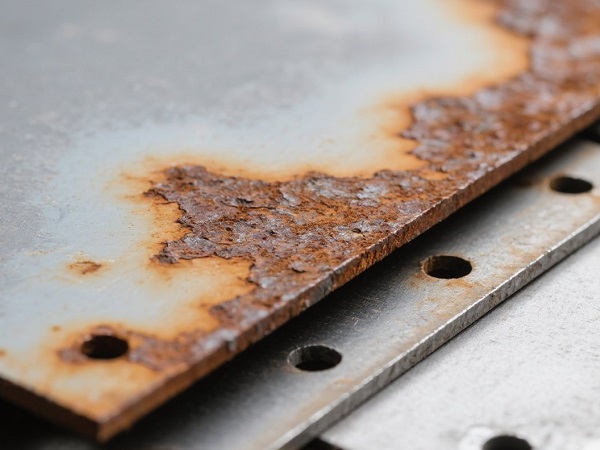
3、Commercial Rust Removers
For stubborn rust, consider a specialty product.
Rust remover containing oxalic acid (Bar Keepers Friend )
Steps: Apply this oxalic acid-based cleaner to a damp sponge and scrub against the grain of the steel, rinse within 1 minute, and wipe dry. Great for tea stains and heavy rust.
Professional rust remover (WD-40)
Steps: Spray WD-40 on rust, wait 10 minutes, and wipe clean. Avoid food contact surfaces.
Rust Converting Gel
Steps: Apply Rust Converting Gel to convert rust to a protective coating. For large or outdoor items.
Safety Tips: Wear gloves and ensure ventilation. Test on a small area first.
4、Mechanical Remove Rust Methods
These methods are suitable for deep rust or large surfaces.
Nylon pad or steel wool
Steps: Gently scrub with a nylon pad or fine-grade (0000) steel wool, following the grain of the steel. Rinse immediately to remove any residue.
Sandpaper or abrasive tools
Steps: Start with coarse sandpaper (120-220 grit), then transition to fine sandpaper (400 grit and up). Always polish to restore shine.
Note: Rinse immediately after scrubbing to remove metal particles from the steel wool and prevent it from rusting again.
5、Passivation
Process: After rust removal, use a citric acid solution (commercial passivation products can also be used) to restore the protective chrome oxide layer. Rinse thoroughly and allow to dry.
Uses: Enhances corrosion resistance, especially in harsh environments.
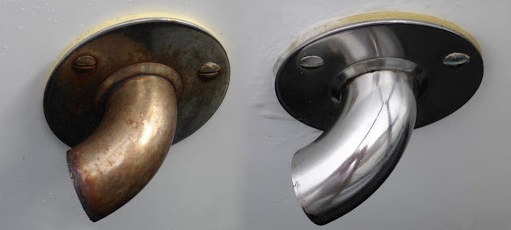
6、Polishing and Prevention
Polishing:
Use a stainless steel polish or a microfiber cloth with a little olive oil (in small amounts) to restore the shine.
Prevention Tips:
Dry thoroughly: After contact with water, wipe the surface dry.
Avoid abrasives: Never use harsh chemicals like steel wool or bleach (e.g., chlorine bleach).
Protective coating: Use a food-safe wax like Collinite Metal Wax or a sealer like ProtectaClear for long-term protection.
Clean regularly with a pH-neutral cleaner.
In areas of high humidity, consider using a protective coating.
Key Considerations:
Test First: Always test various methods on a small, inconspicuous area.
Avoid abrasives: Scrubbing too hard can damage the surface, leading to rust in the future.
Grade Matters: Lower grade stainless steel may require more frequent maintenance.
Summarize
Using a combination of these methods, you can restore the shine of stainless steel and extend its life. For severe rust or industrial applications, consult a professional or use a heavy-duty product like Stainless Steel Rust Remover. Regular maintenance ensures your stainless steel stays rust-free and pristine!
FAQ
1、Q: Can hydrogen peroxide remove rust?
A: No – it may accelerate rust. Vinegar, lemon juice, or baking soda are recommended.
2、Q: Why does stainless steel rust?
A: Rust occurs when contaminants (such as iron particles) or scratches expose the underlying steel to oxygen and moisture.
3、Q: Is electrolytic rust removal effective?
A: Yes, but it requires specialized equipment and is best left to the professionals.
About Us
Wanzhi Steel is a company that provides high-quality stainless steel products. Our products include stainless steel coils, stainless steel plates, stainless steel pipes, stainless steel wires, stainless steel meshes, etc. We provide a warranty of more than 5 years for our products, and we provide professional maintenance and rust prevention knowledge for every customer. Welcome friends in need to come to our company to order stainless steel products.
